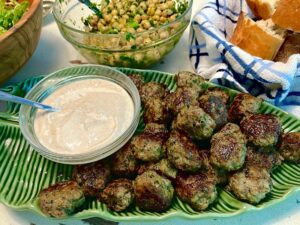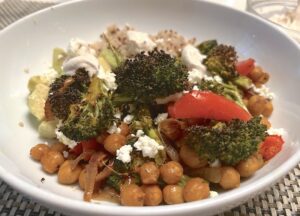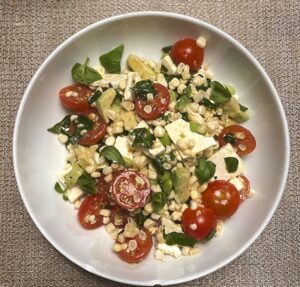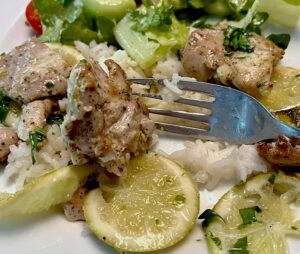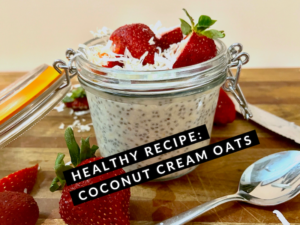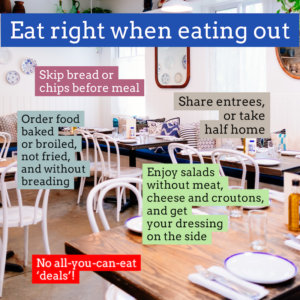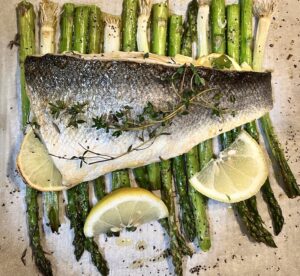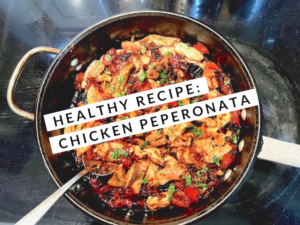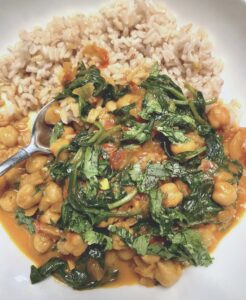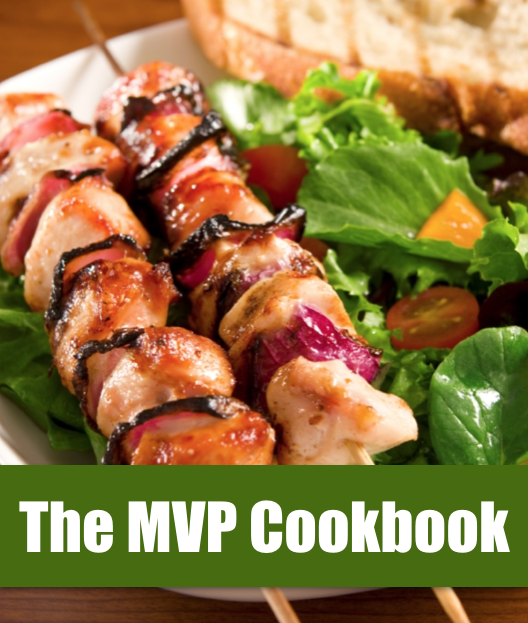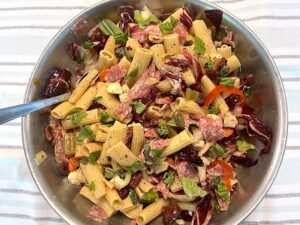
A box of pasta, a decent variety of pickles and condiments, and some cheese board fixings will carry you far toward dinner on any given night. This recipe is a case in point. This salad is great for toting to a picnic or outdoor concert, and the leftovers will guarantee you delicious ready-made meals from the fridge for days to come. Serves 6-8. – Susan Puckett
Ingredients
- 8 ounces (about 2 heaping cups) penne, rotini, small rigatoni, bowtie, or other short pasta
- 1 (16-ounce) jar imported giardiniera in vinegar
- 4 ounces bottled marinated artichoke hearts
- 4 ounces salami, chopped
- ½ cup sliced olives
- ½ cup slivered sun-dried tomatoes packed in oil
- 6 ounces fresh mozzarella, cubed
- 1 or 2 cups sliced radicchio, arugula, or other lettuces (optional)
- ½ cup torn basil leaves or chopped flat-leaf parsley (optional)
- ¼ to ½ cup extra-virgin olive oil
- Kosher salt, freshly ground black pepper, and red pepper flakes to taste
Directions
- Bring a large pot of salted water to a boil, add the pasta, and cook according to package directions until al dente. Rinse under cold water, drain well, and transfer to a large serving bowl.
- Set a colander over a bowl, drain the vinegar from giardiniera, and reserve the vinegar for later. Cut the vegetables into bite-size pieces.
- Drain and quarter the artichoke hearts.
- Add the chopped vegetables, artichoke hearts, salami, olives, sun-dried tomatoes, mozzarella cubes, lettuces and/or herbs(if using) to the pasta. Toss with ¼ cup of the olive oil and 1 tablespoon of the vinegar. Season to taste with salt and pepper. Adjust with a little more olive oil or vinegar if desired.
- Cover and refrigerate for up to 3 days. Bring to cool room temperature about 30 minutes before serving.
Susan Puckett is an Atlanta-based food writer and cookbook author.

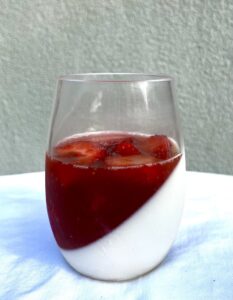

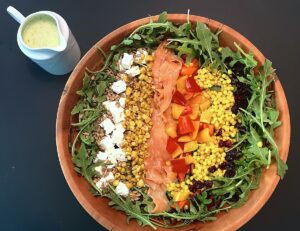






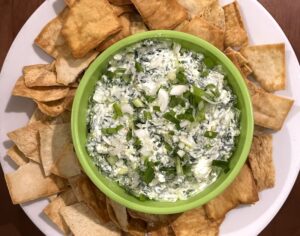
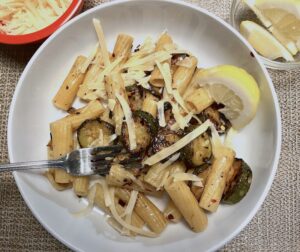
 Oh, no!
Oh, no!